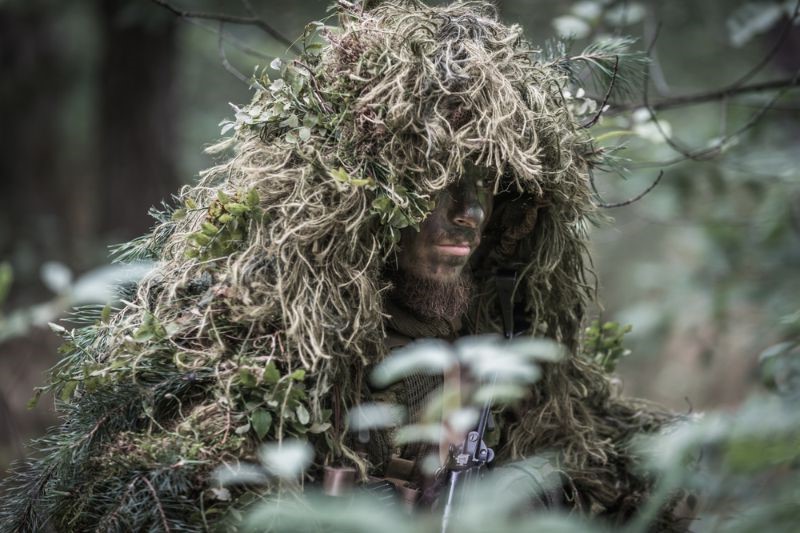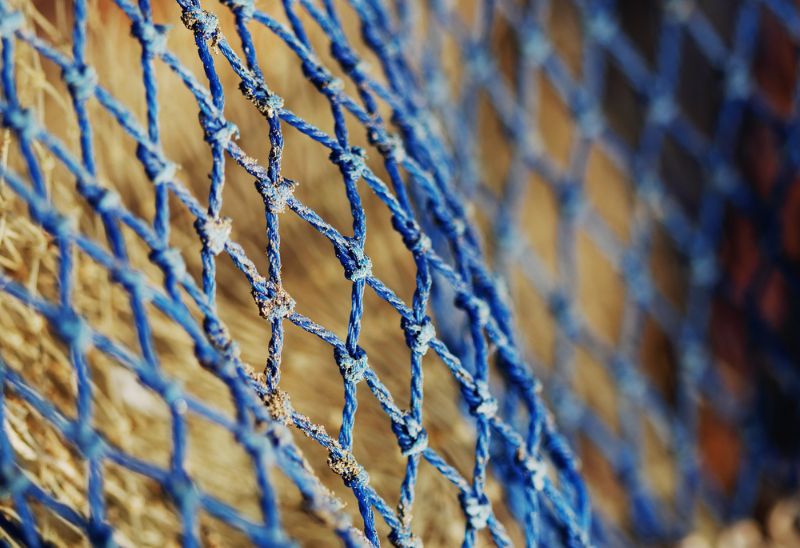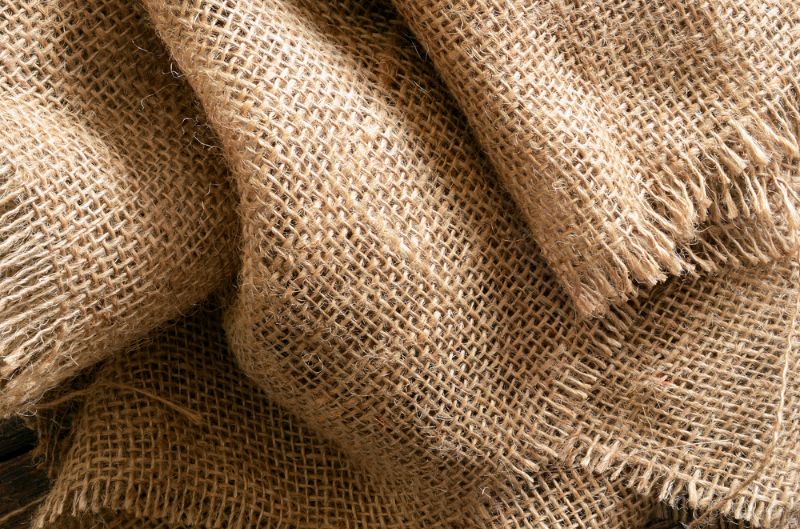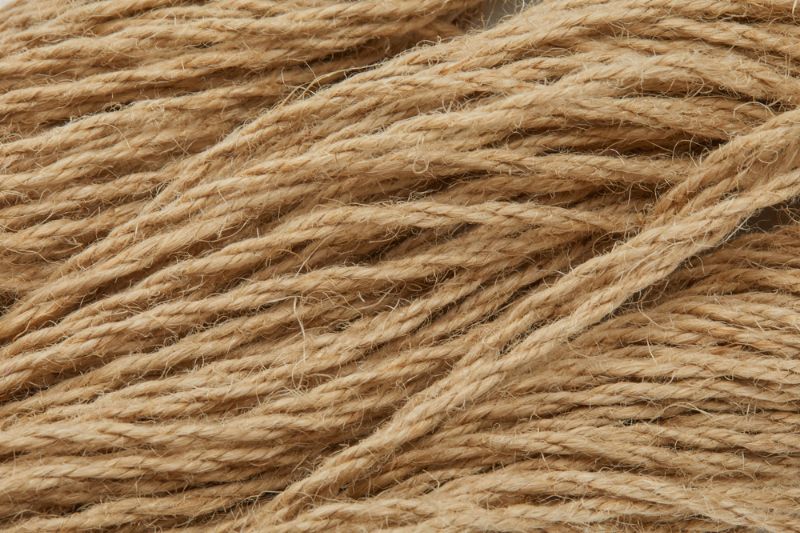It’s fairly easy to learn how to make a ghillie suit. Creating one won’t break the bank and only requires a few materials.
Make a Ghillie Suit With Easy-to-Get Materials
How to Make a Ghillie Suit
A ghillie suit is something I have been meaning to buy forever.
When it comes to camouflage for hunting or sneaking up on animals or people, there isn’t much better if you are using ghillie camo the right way, but I never pulled the trigger so to speak on any of the pre-made varieties I have come across.
I was watching Doomsday Preppers last night and one of the small nuggets of usefulness I was able to pull out of last night’s show was how to make a ghillie suit for yourself.
The steps below are fairly easy and we even found a video that shows you everything you need. If you don’t want to do this yourself though, and still prefer to buy a ghillie suit already assembled, you can do that instead and get into the woods faster.
Either way, a ghillie suit is a great addition to your prepping supplies if staying hidden is important.
Commercial two-dimensional camouflage is great for blending into a variety of backgrounds, but it does nothing to offset your most game-spooking signature: your silhouette.
Veteran hiders—military snipers, undercover surveillants, and hard-core hunters among them—rely on 3-D camouflage, entire suits made of billowy material that blurs their outline and allows them to disappear in plain sight.
These suits are derived from those created by early Scottish gamekeepers, called ghillies. Make your own in one day with an old jacket, burlap, netting, dental floss, sewing needles, and glue.
Materials You’ll Need:
- Used set of Camouflage BDU’s
- Jute or burlap strips
- Netting
- Shoe Goo or Zip Ties
Step 1: Add the Netting
The perfect base is a used BDU uniform jacket, available at military surplus stores. Buy a roll of replacement fishing net and cut it into strips at least two squares wide.
What is a BDU uniform jacket? BDU stands for Battle Dress Uniform used by the U.S. Marine Corps as a camouflaged combat uniform.
Using dental floss, sew these strips down the sleeves and the front of the jacket, leaving six to eight inches between strips. Then seal the stitches with shoe glue.
Step 2: Ready the Burlap
A traditional ghillie suit has strands of burlap for covering. You can get material from bulk coffee bags, but any burlap bag or roll of netting will work.
You need between four and eight pounds of material for each suit. If you can’t find a burlap, buy braided jute twine in natural colors and separate each braid into individual fibers.
Step 3: Separate the Strands
Unraveling the burlap or jute material into individual strands is the most time-consuming part of making the suit. Cut strips of burlap and then unravel the cross-linked fibers and separate them into strands of equal length.
The longer strands will go on the sleeves and the front of the suit. Shorter strands will overlap down the back.
Step 4: Tie in the Burlap
Now you’re ready to tie the strands of burlap or jute into the netting. Take 10 to 15 strands and fold the bunch in half, then push the loop under each vertical square of netting.
Draw the hanging ends of the bunch through the loop and pull tight. Start at the bottom and work upward, ensuring that each row overlaps the one beneath it.
If you’re not interested in creating one yourself, watch this product review video from Over The Table for a ghillie suit you can get from eBay:
As a prepper, a ghillie suit is a great addition to your survival gear when SHTF. All sorts of possibilities may arise in these kinds of situations and you’ll never know who’s after you or your group.
This gear can be the difference and it might save your life!
Note: There is a poll embedded within this post, please visit the site to participate in this post’s poll.
vi
a SurvivalLife







